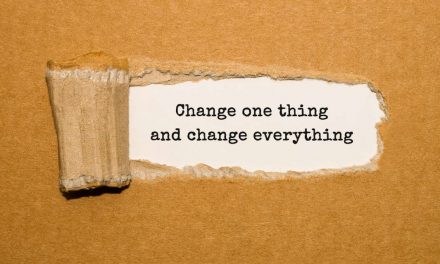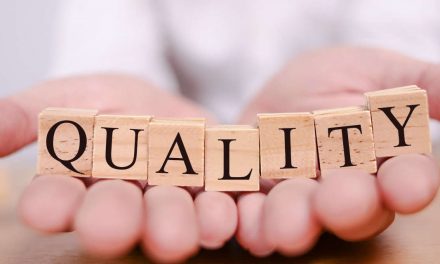By Steve Moran
I am coming off of a few weeks of conferences, with the most recent being the CALA (California Assisted Living Association) conference in Sacramento.
I am struck by some consistent themes after dozens and dozens of conversations with passionate leaders on the operator side and the vendor side.
- Everyone talks like things are good, but they really aren’t. While there are exceptional communities, overall, occupancy is a bitch that is not getting better fast enough. While finding staff has eased a tiny bit, the quality of the staff is not great. I am not suggesting we need to be having a grand pity party, because pity parties actually make things worse, but pretend optimism is not healthy either.
- Complexity is exhausting. Pretty much everyone is exhausted all the time, and because of the complexity of senior living, it feels like no one individual has enough control over anything to make it better. Here are a few examples:
-
- Everything we do is impacted by the current high-inflation economy.
- Owners can’t do what they need to do because of the demands of their capital partners.
- Regionals and executive directors are constrained by internal politics, systems of rules, and reporting policies.
- Executive directors are being pushed to save money, increase occupancy, reduce turnover, and make things better for residents and families, yet they have little control over things like budgets and marketing.
- Workers are much more demanding than they once were. They can quit and go find another job in a moment.
- Leads from aggregators are mostly terrible (85 to 90% no good), and yet because there are a few good ones, sales teams are expected to work them all like they are all great. This saps time and energy needed to work on other productive lead sources.
- Everyone wants it to be better, but no one really thinks it can be better. There is a sense that not much can be done to increase occupancy, make team members love their jobs, and recruit better.
- There is paralysis. This always happens when things get tough. The fear causes a kind of paralysis that keeps us from moving forward. We don’t spend money because we don’t have enough. It is easier to keep doing the same old things even when we don’t like the results. Or we end up doing nothing under the “do no harm” theory. But in truth sometimes doing nothing is really bad.
- We make residents and their families the enemy. We need residents (has there ever been a more obvious statement made?), but mostly we wish they would just get with the program; do what is expected of them; and not complain, challenge us, or make requests. We forget that we are all in this together. The residents want you to be wildly successful. They want the communities they live in to be full; they want staff to be happy. But they also want their needs and their ideas to be heard. — Another article coming on this.
Making It Better
You can make it better in your life and in your community. But it is not what you think. I have no grand plan, easy fix, magic formula, because they don’t exist. What is possible — what you can do to make it better right now as you read this article — is simple, but not easy. Just two steps:
- Believe that it can be better and you have the ability to make it better. That you have enough control in your little part of senior living to make it better. This is the hardest of these two steps.
- Go do something to make it better. Not big stuff, little stuff. To help with this, I have put together a list of 101 ways you can lead better. They are almost all simple, easy things you can do today. Do one or two of them each day, and it will be better for you, better for your community, better for your residents, and better for your team.
Here is the link to access that list.








